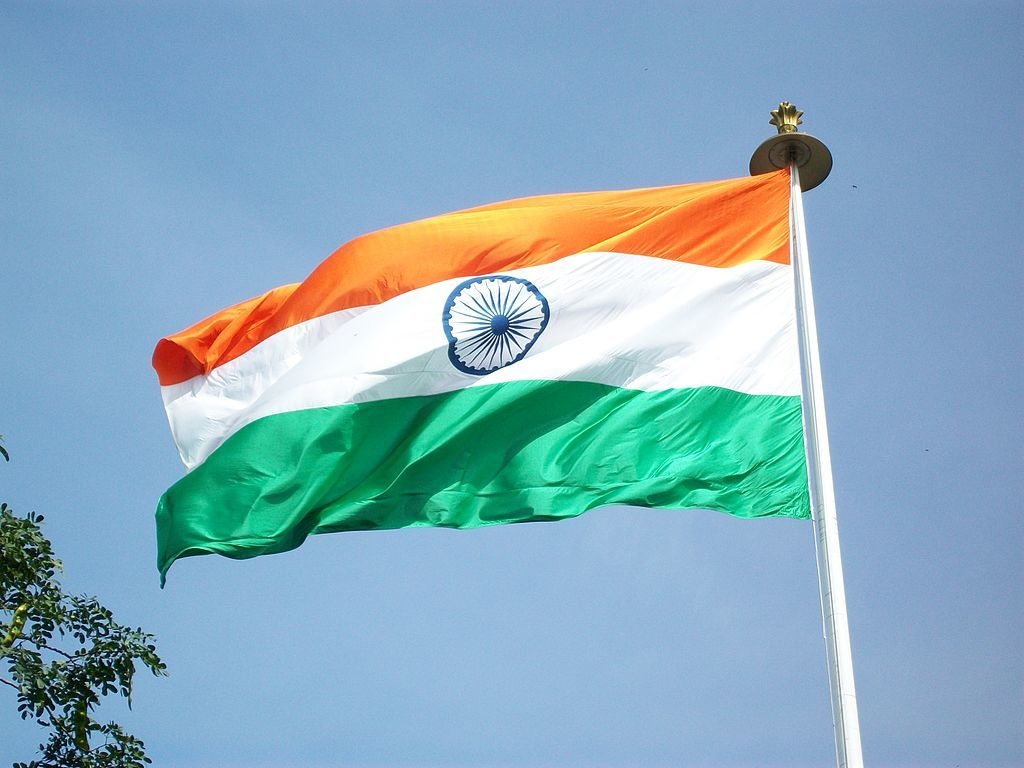India spends big to revive pandemic-hit economy
- The government plans to borrow an additional US$1.1 billion to fund the deficit, she added.
NEW DELHI: India unveiled a massive spending plan focused on healthcare and infrastructure on Monday, as the government sought to boost a coronavirus-ravaged economy on course for its biggest annual contraction on record.
The nation of 1.3 billion was badly hit by one of the world's strictest virus lockdowns, with growth slumping by a historic 23.9 percent in April-June, and the economy expected to contract 7.7 percent in 2020-21.
"This budget provides every opportunity for our economy to raise and capture the pace that it needs for a sustainable growth," Finance Minister Nirmala Sitharaman told parliament in her annual budget speech.
Prime Minister Narendra Modi added: "We have presented a proactive budget... that will speed up progress in terms of wealth and wellness."
The planned expenditure of US$30.6 billion on health and well-being schemes was more than double the equivalent outlay in the previous budget, although it included US$4.8 billion for the country's ambitious Covid-19 immunisation drive, with plans to vaccinate 300 million by July.
The health sector has long suffered from chronic underinvestment. As of 2017, the country had 0.8 doctors per 1,000 people, around the same level as Iraq, according to the World Bank.
Infrastructure was another big-ticket item in the budget, with US$76 billion -- 34.5 percent more than in the previous budget -- to be sunk into major projects, including roads and railways.
Divestments -- including of national carrier Air India and part of the government's stake in the country's largest insurer, Life Insurance Corporation -- would help raise US$24 billion, Sitharaman said.
But the sales of both state-run firms have been on the cards, with the mooted IPO of the insurer sparking a walk-out by nearly 100,000 staff last year.
With lenders struggling with a mountain of bad debt, Sitharaman said $2.74 billion would be put aside for the next financial year to recapitalise state banks.
Social security benefits, including minimum wages, would be extended to workers in the gig economy, which has flourished amid cheap mobile data and abundant labour.
The spending measures will blow out the fiscal deficit to 9.5 percent of GDP for the financial year ending March, Sitharaman said, from a forecast 3.5 percent.
The government plans to borrow an additional US$1.1 billion to fund the deficit, she added.
As fears of higher income taxes proved unfounded, markets soared with Mumbai's Sensex index up 4.87 percent Monday afternoon.
In its annual economic survey, the government said there would be a "V-shaped" recovery after the severe contraction, forecasting growth to hit 11 percent in 2021-22.
With Asia's third-largest economy in the throes of a slowdown even before the pandemic, analysts said the budget provided much-needed stimulus.
"On the whole it is a pretty positive signal and a pro-investment budget," Sujan Hajra, chief economist at Anand Rathi Securities, told AFP.
"Given the relatively low outlay by the government last year, India... had the space to provide more stimulus."
But some also warned that millions of poorer workers left jobless during the virus shutdown needed more support.
"The budget does not adequately address concerns over inequitable growth," HDFC Bank chief economist Abheek Barua said in a note.
"There has... not been any cushion provided for households -- especially in the informal sector that has been hit the most by the pandemic."























Comments
Comments are closed.